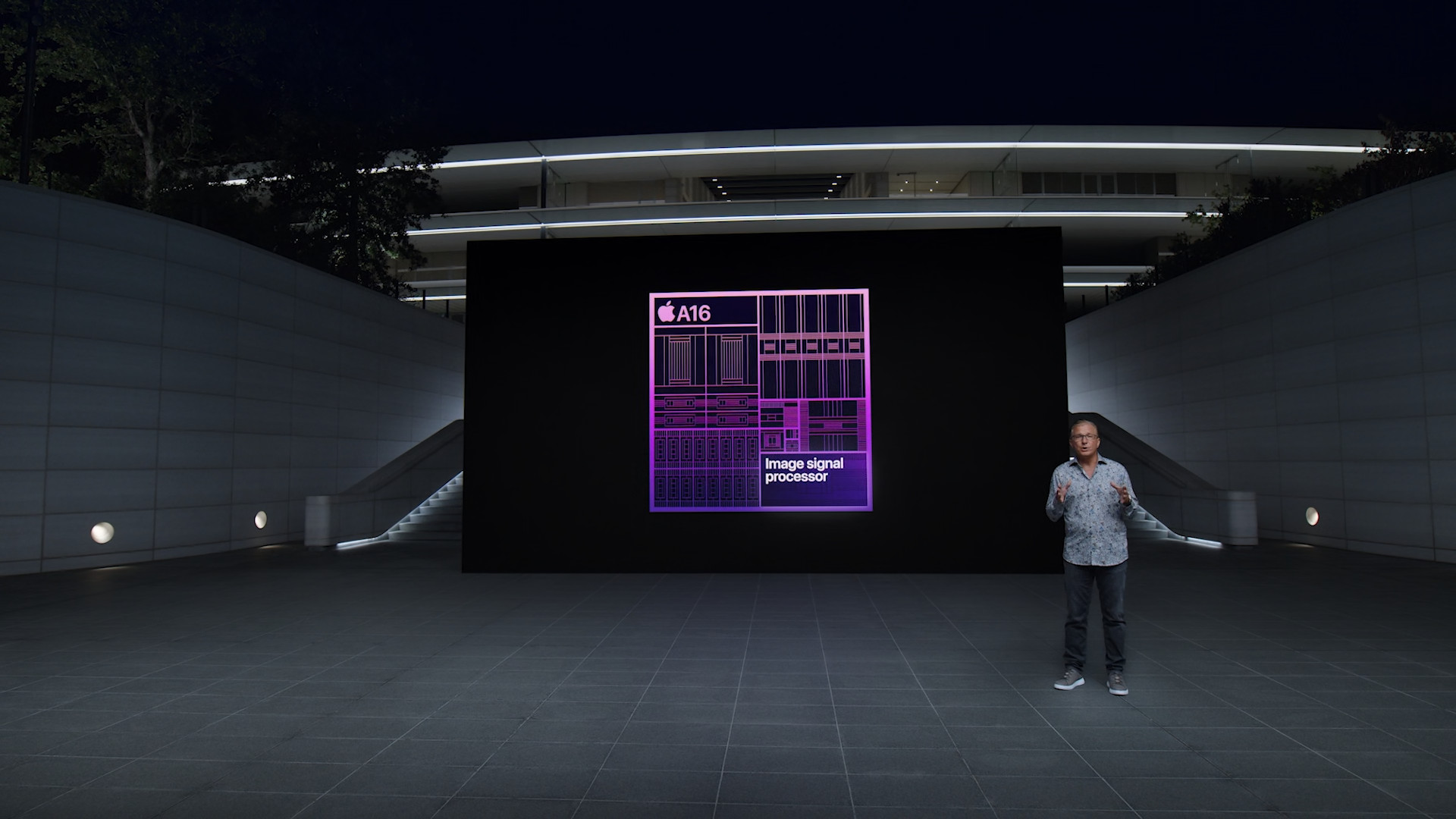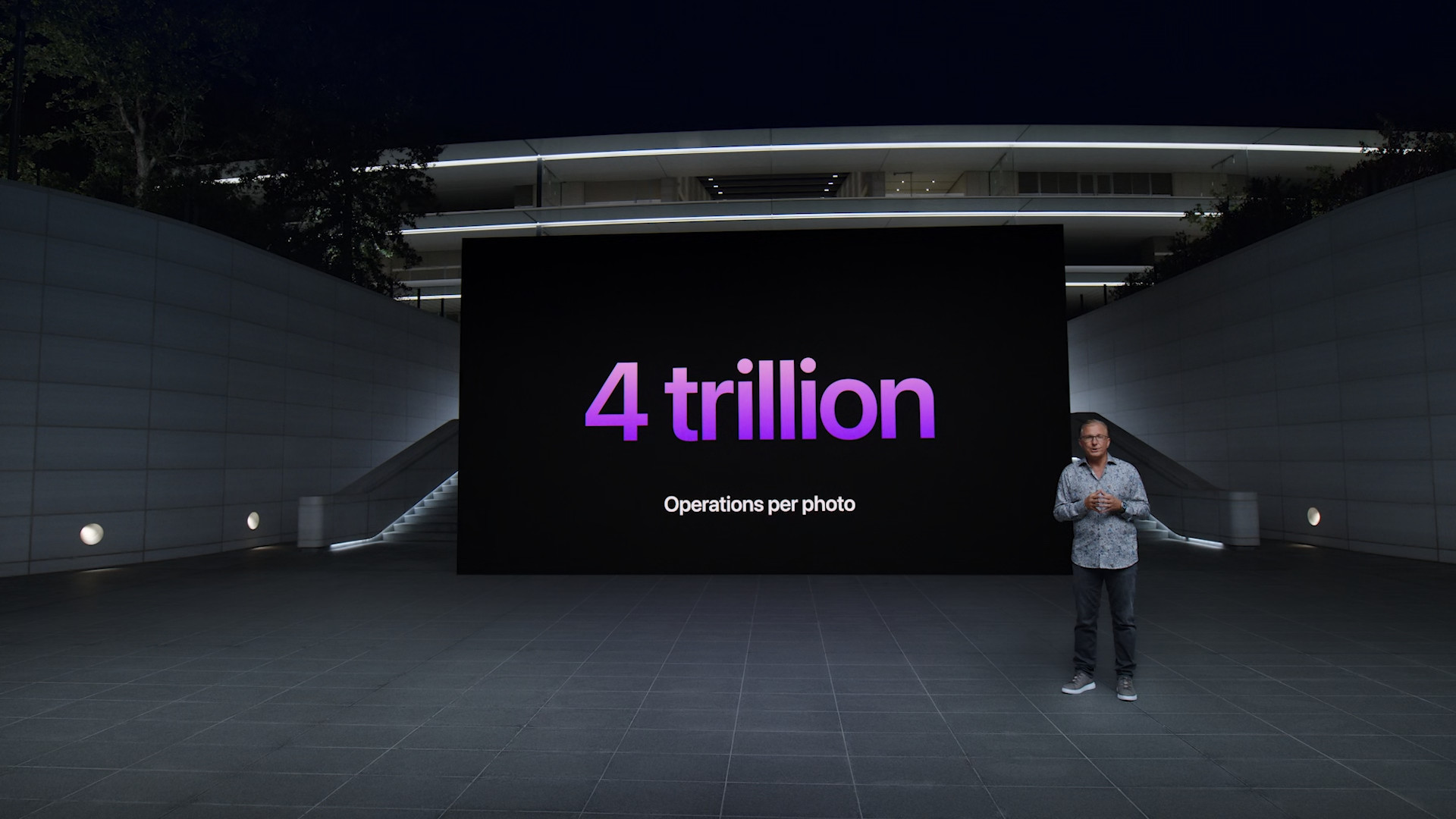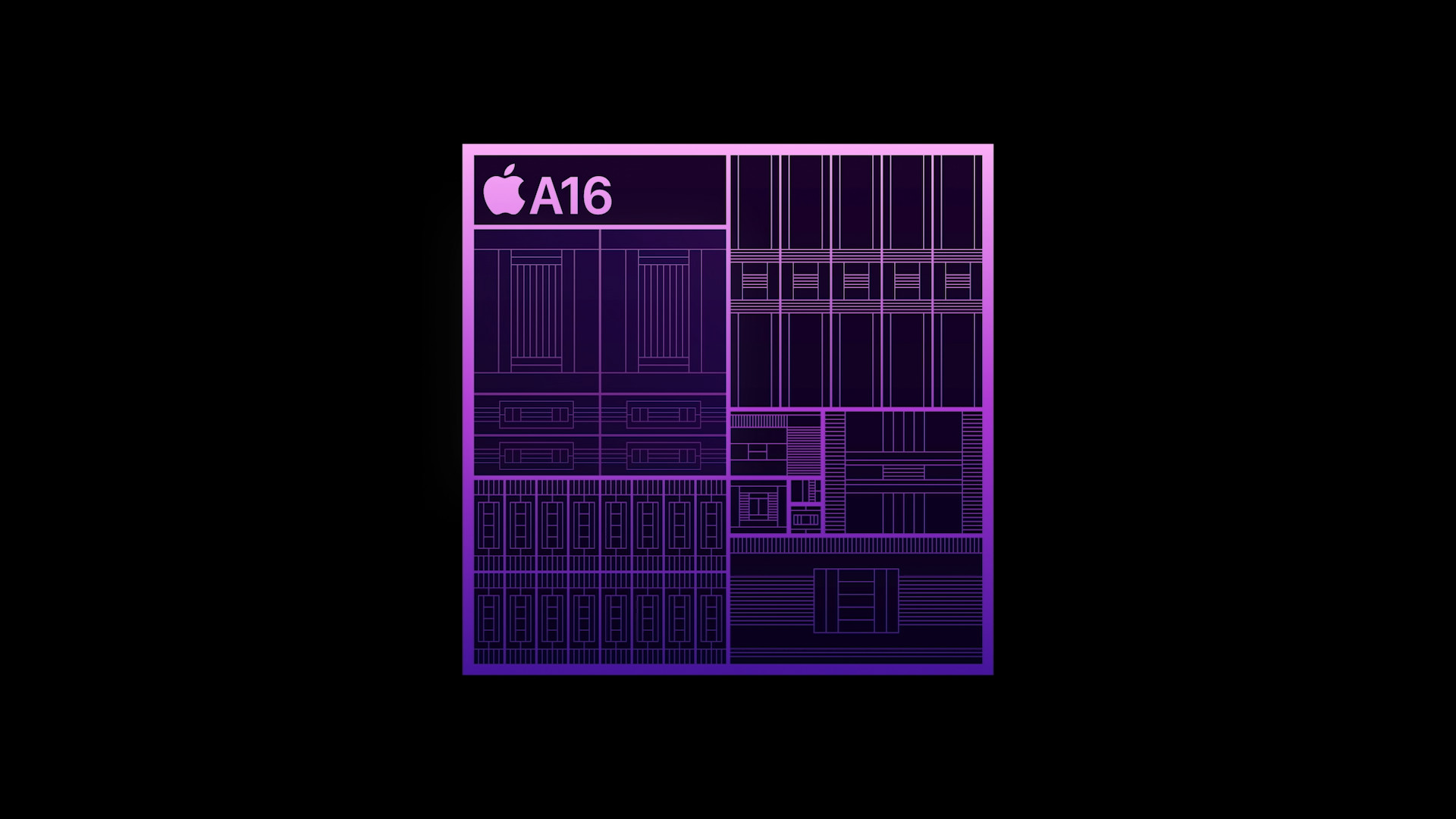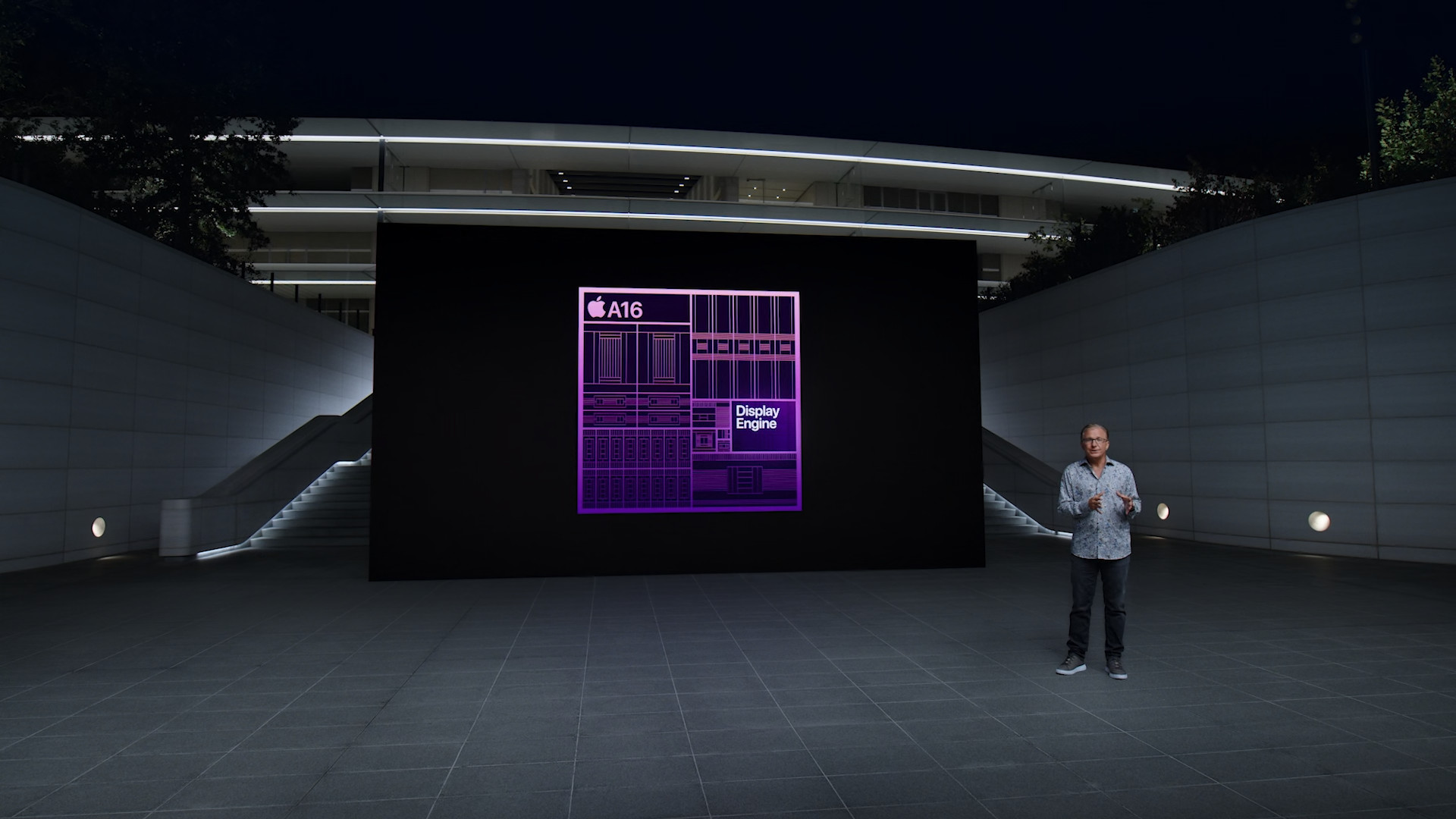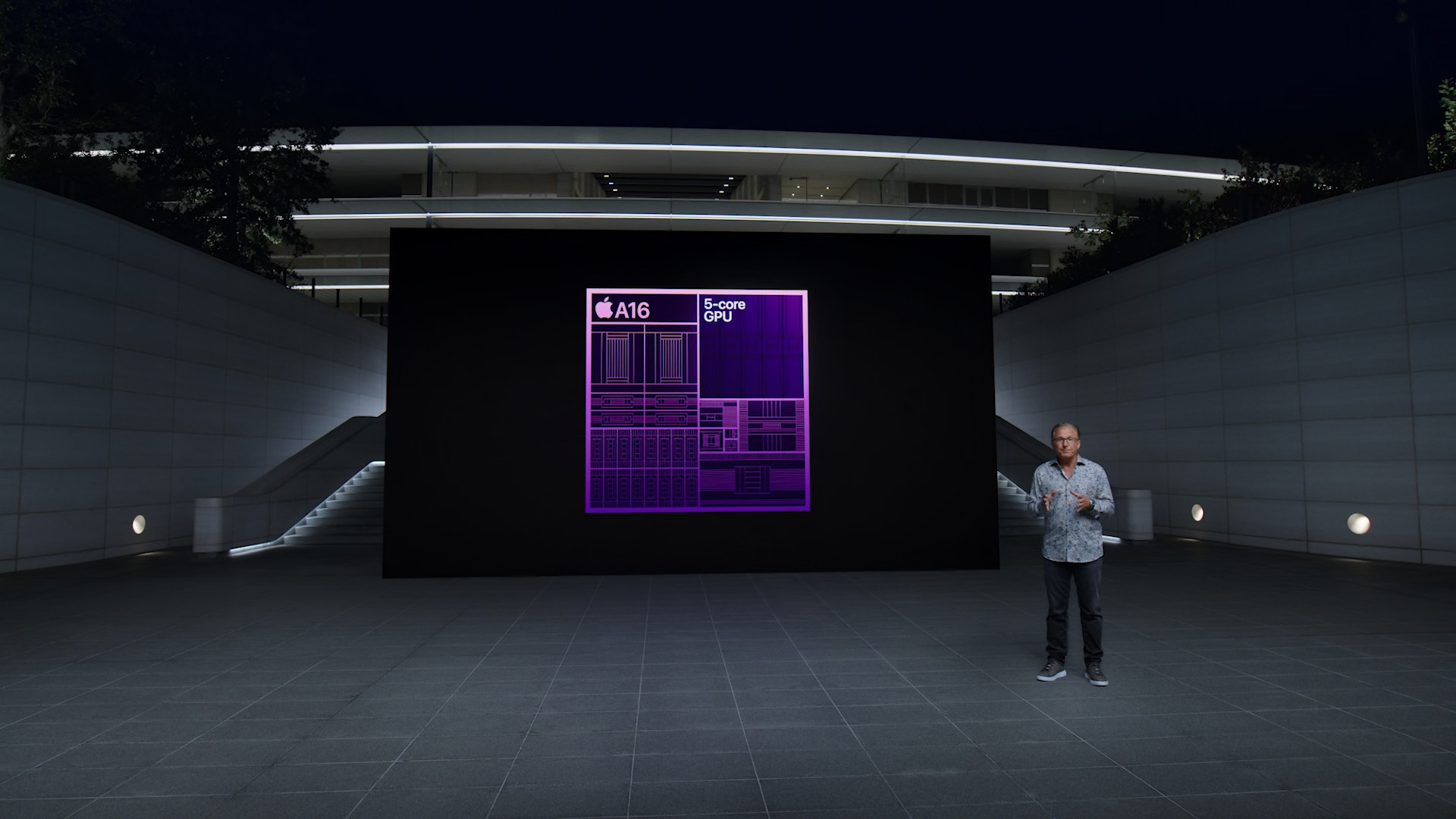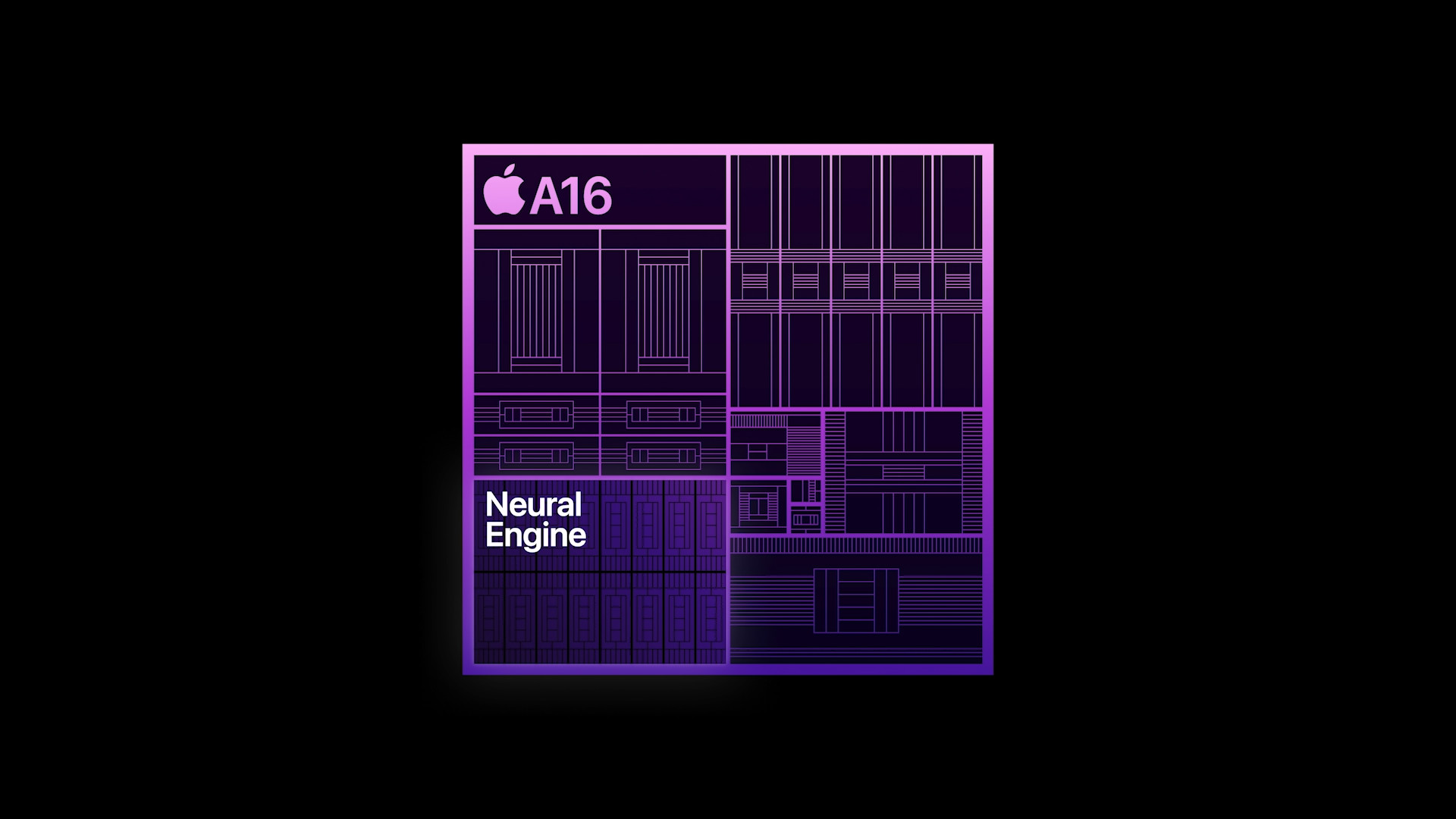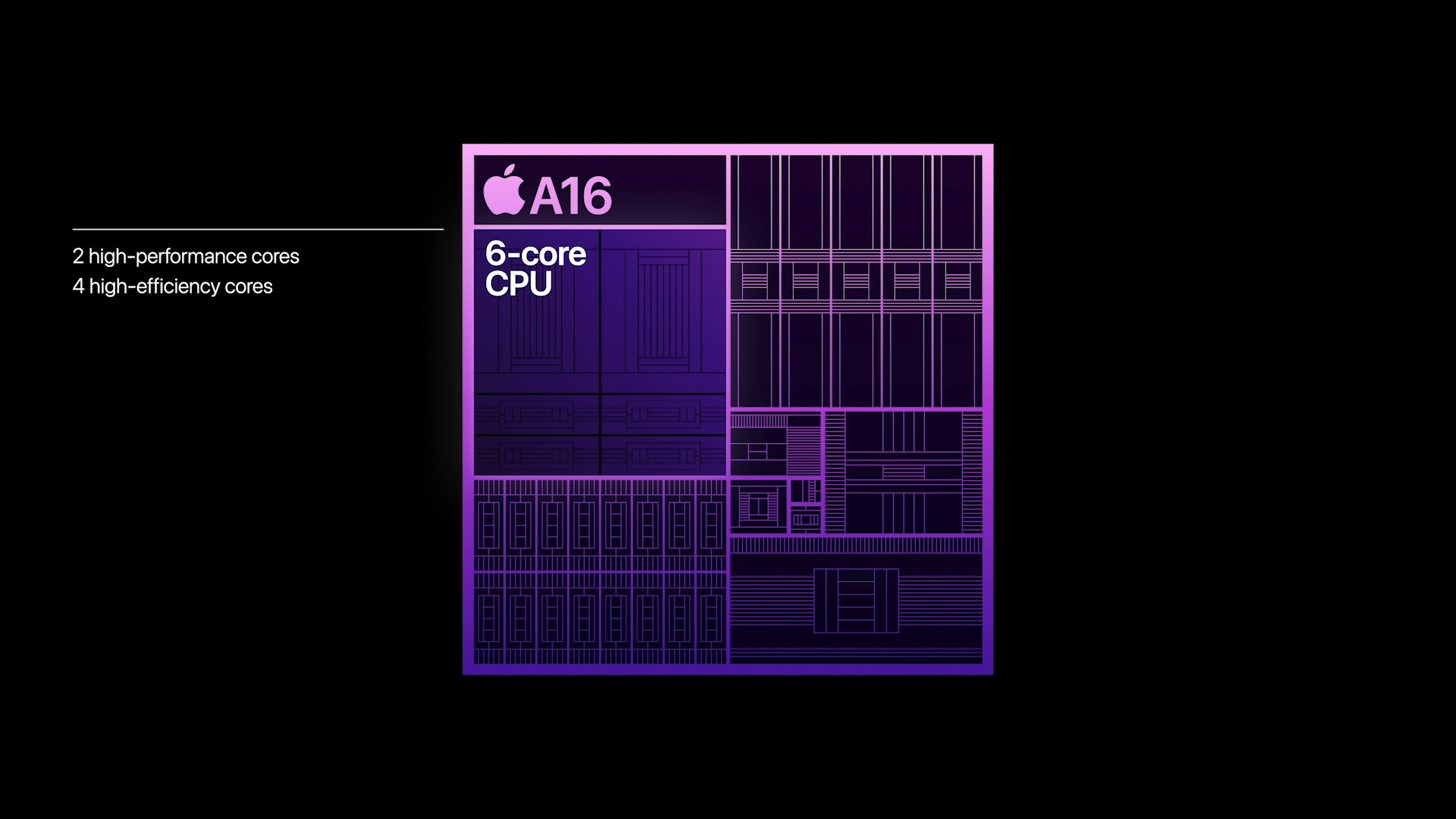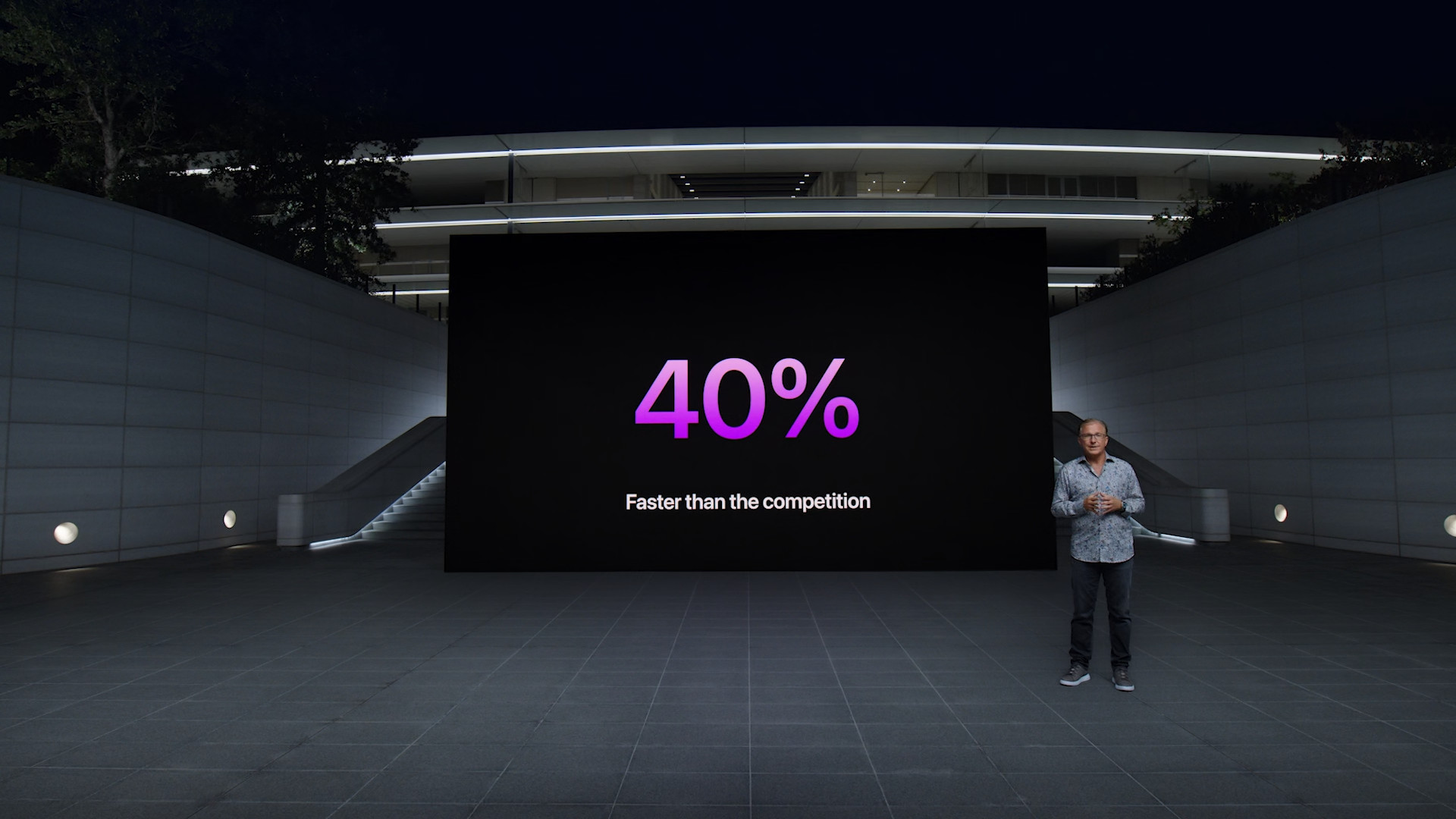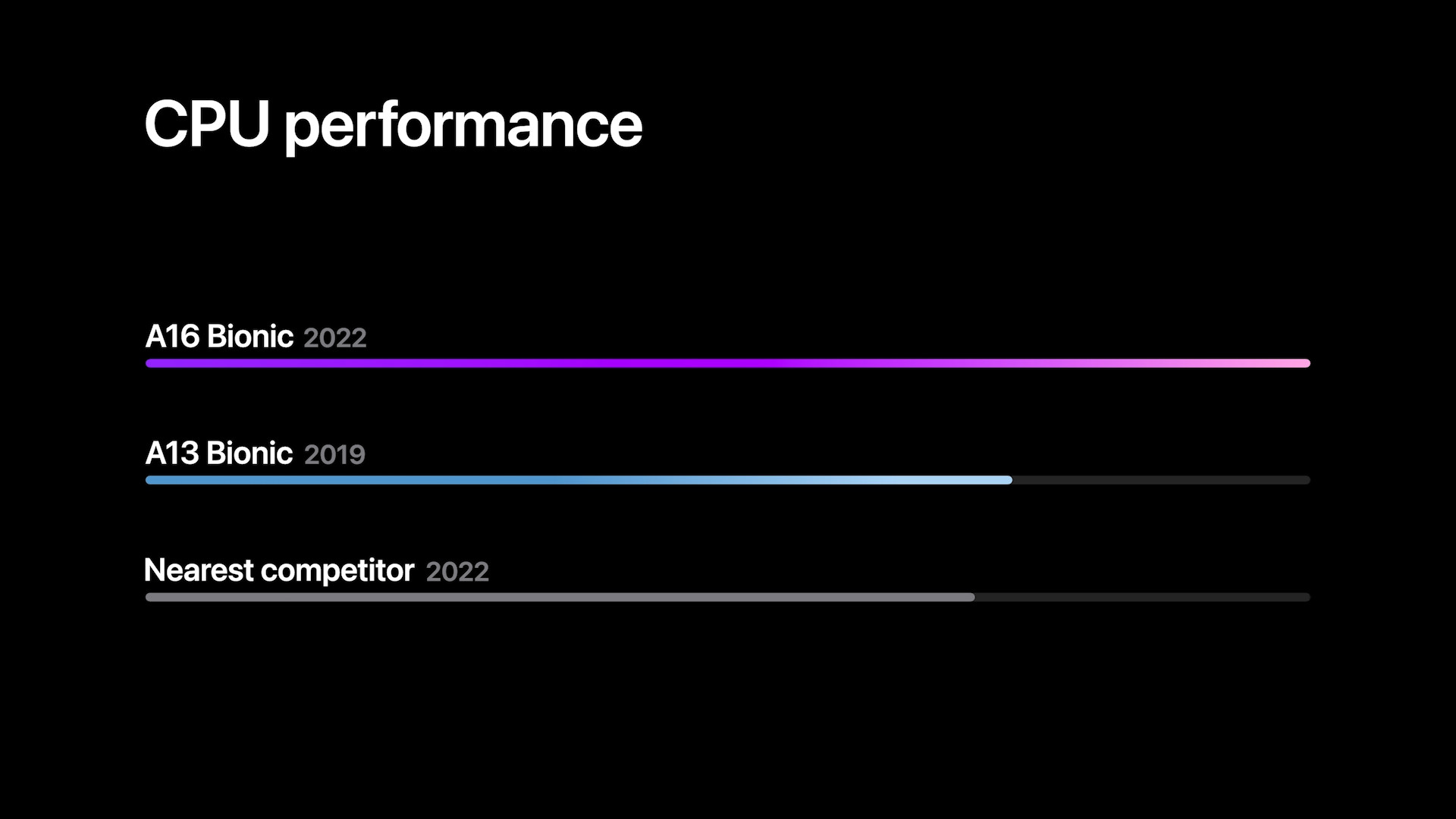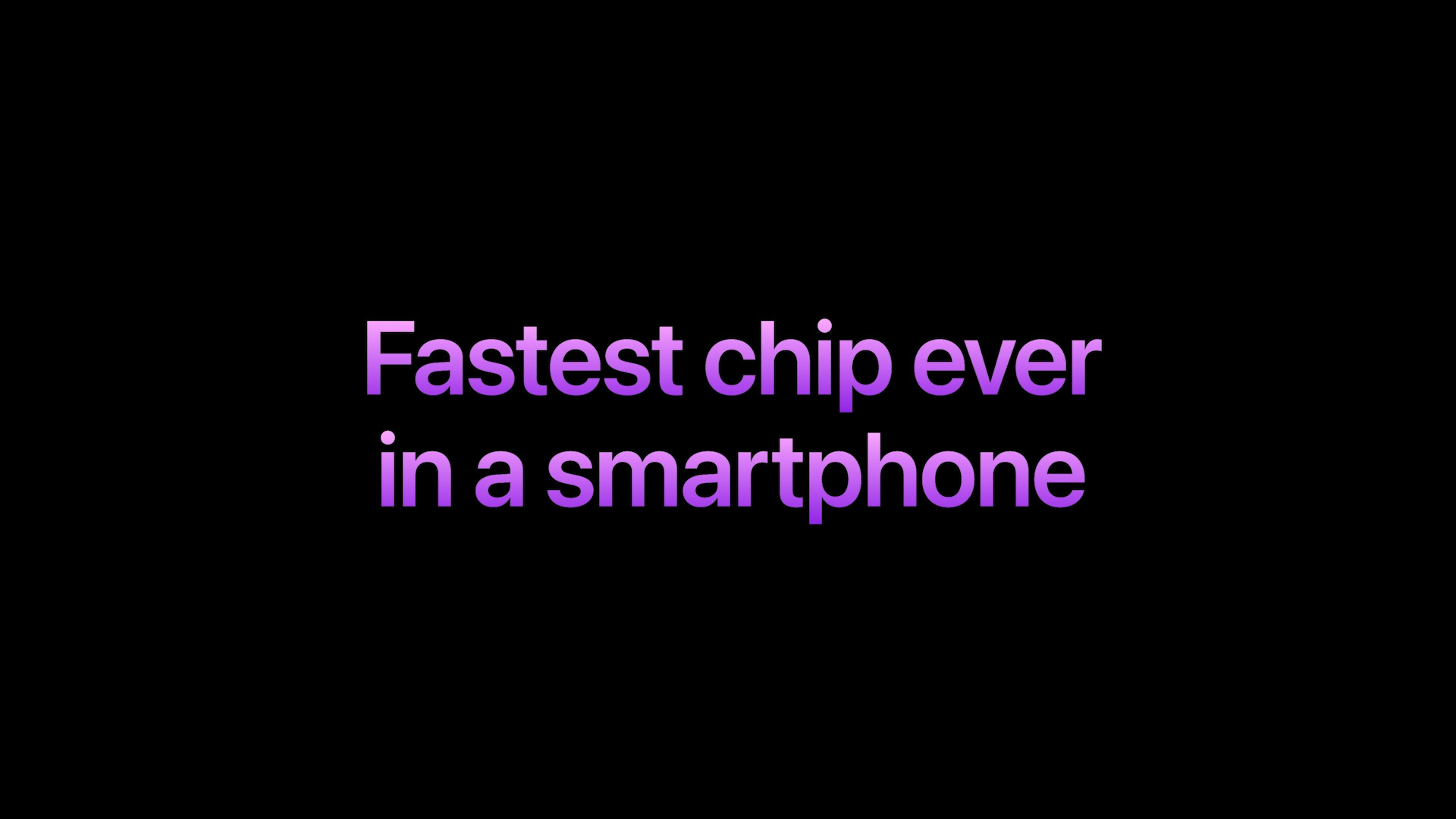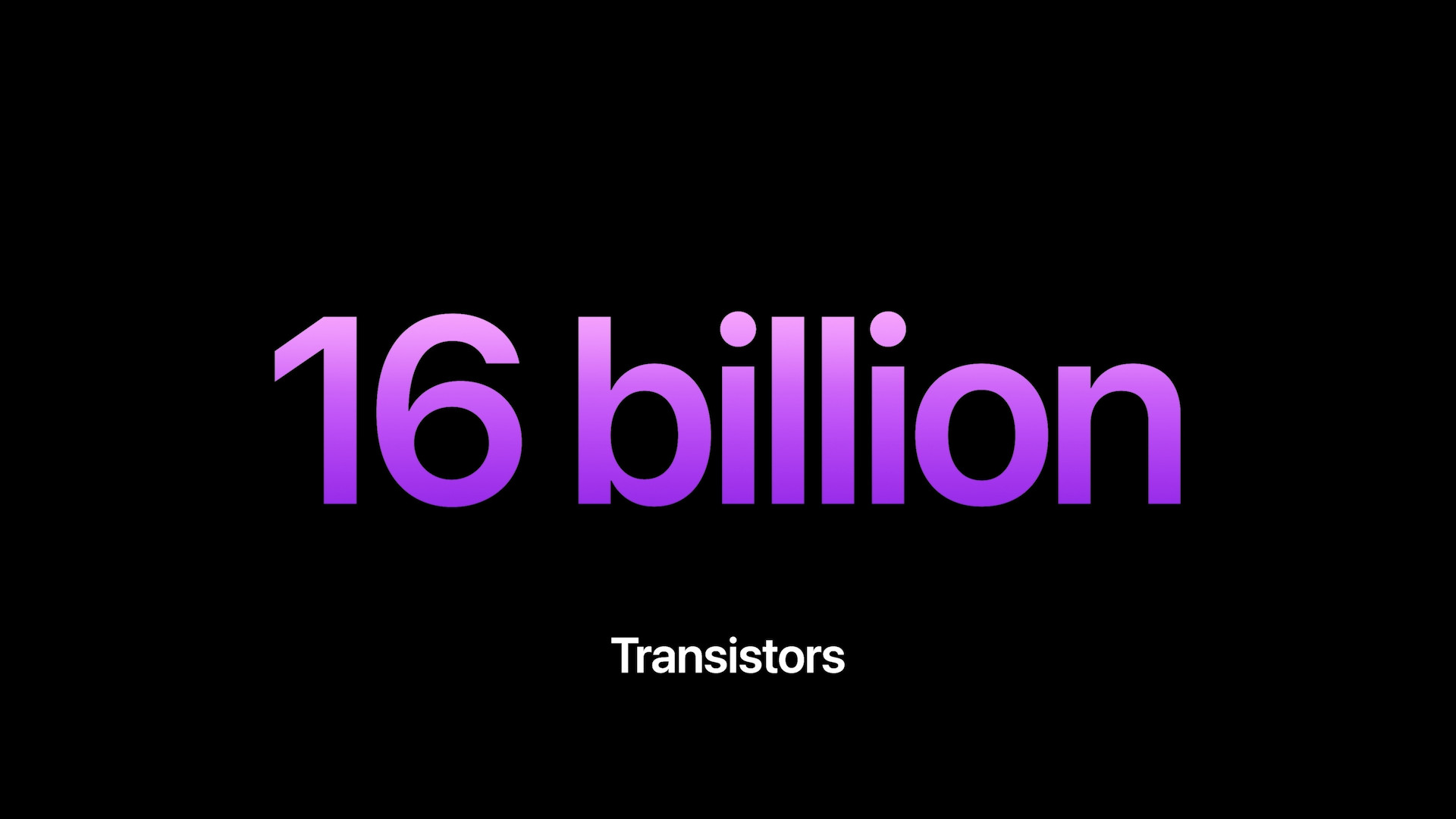We are still several months away from the introduction of a new line of Apple phones. Although we will have to wait for some Friday news from Apple, we already know a number of interesting things that we can actually expect from them. However, let's leave the various speculations and leaks aside for now. On the contrary, let's focus on one of the most important components – the chipset itself.
It is expected from the apple company that the brand new Apple A17 Bionic chipset will come along with the new series. But apparently it will not be aimed at all new iPhones, in fact on the contrary. Apple should bet on the same strategy as with the iPhone 14, according to which only the Pro models will receive the Apple A17 Bionic chip, while the iPhone 15 and iPhone 15 Plus will have to make do with last year's A16 Bionic. So what can we expect from the aforementioned chip, what will it offer and what will its advantages be?
It could be interest you
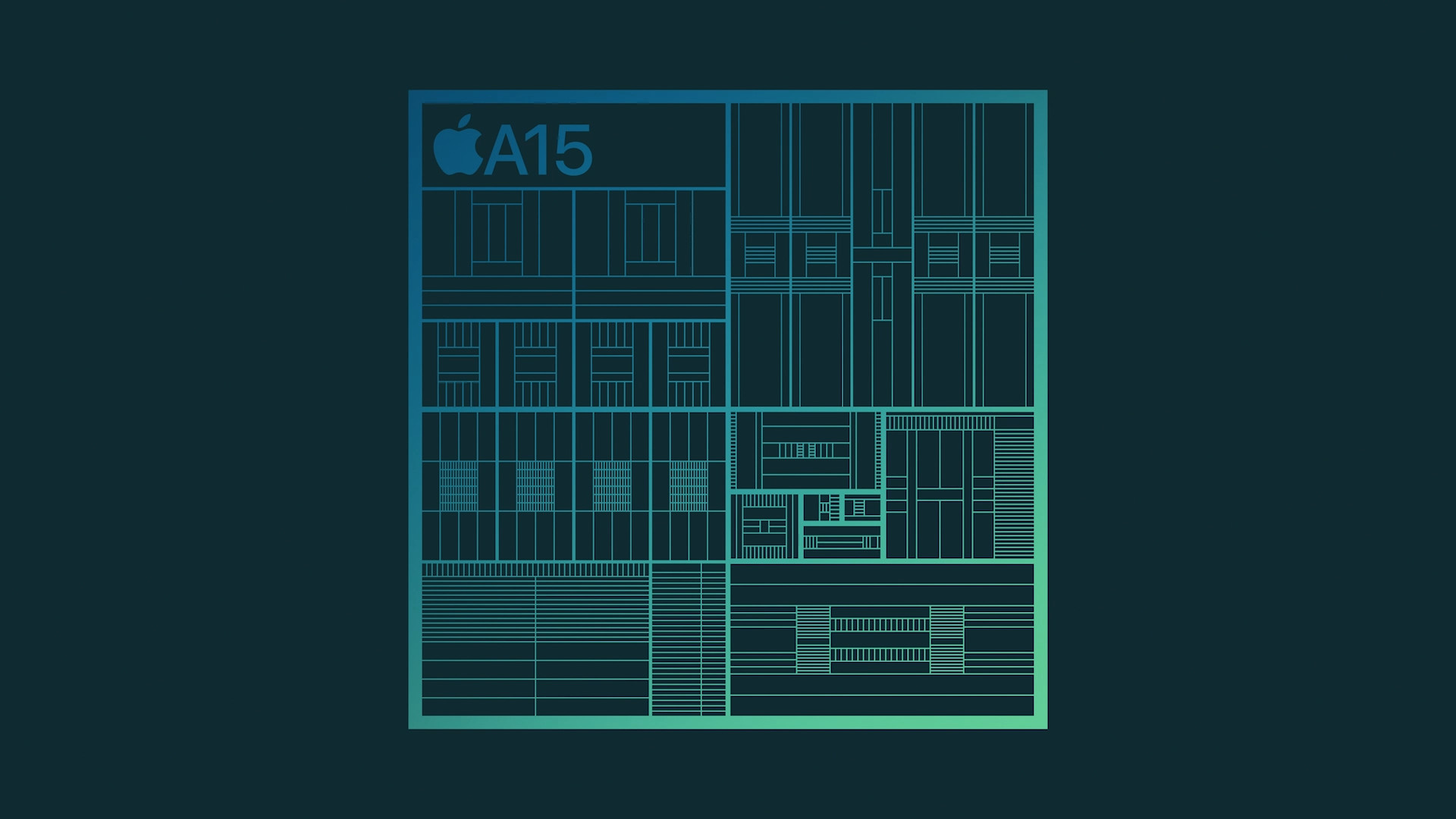
Apple A17 Bionic
If you are already thinking about getting an iPhone 15 Pro, then according to current speculations and leaks, you definitely have something to look forward to. Apple is preparing a completely fundamental change, for which it has been preparing for years. The Apple A17 Bionic chipset should be based on a 3nm production process. The current A16 Bionic chipset relies on the 4nm production process from the Taiwanese leader TSMC. Production will continue to be under the direction of TSMC, just now with a newer production process, which is known under the code name N3E. It is this process that subsequently has a fundamental influence on the final capabilities of the chip. After all, you can read about it in the article attached above.
In theory, the A17 Bionic should see a relatively fundamental increase in performance and better efficiency. At least this follows from the speculations that speak of the use of a more modern production process. In the final, however, this may not be the case. Apparently, Apple should rather focus on overall economy and efficiency, which should be one of the biggest benefits of the new iPhone 15 Pro. Thanks to the more economical chip, they will quite possibly get significantly better battery life, which is absolutely key in this regard. The truth is that in terms of performance, Apple is already years ahead of the competition, and the users themselves are not even able to use the full potential of their mobile devices. It is for this reason that the giant should, on the contrary, focus on the aforementioned efficiency, which in practice will bring it significantly better results than further increasing performance. On the other hand, this does not mean that the new product should perform the same, or even worse. Improvements can be expected, but probably won't be that significant.

A steep rise in graphics performance
As we mentioned above, Apple will primarily focus on the efficiency of the new A17 Bionic chipset. But that cannot be said in general. In terms of graphics performance, quite possibly quite interesting changes await us, which are already based on older speculations about the previous A16 Bionic chip. Already with it, Apple wanted to bet on ray tracing technology, which would significantly advance the graphics performance in the world of mobile chips. Due to the demands and subsequent overheating, which resulted in poor battery life, he abandoned the plan at the last minute. However, this year may be different. It is the transition to the 3nm production process that may be the final answer behind the arrival of ray tracing for iPhones.
It could be interest you
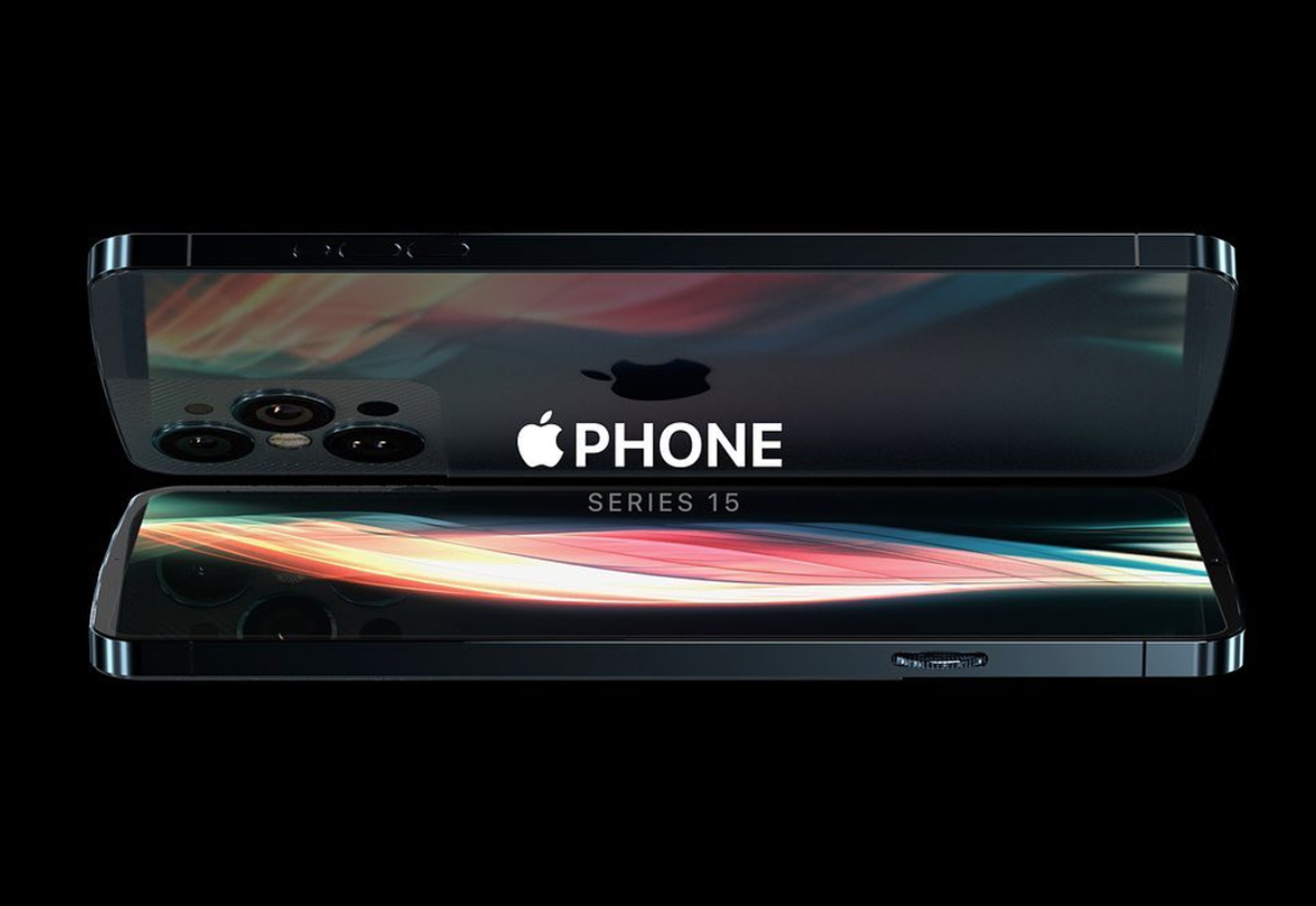
However, Apple will not claim primacy. The Exynos 2200 chipset from Samsung, which powered the Galaxy S22 generation, was the first to support ray tracing. Although on paper Samsung won outright, the truth is that it rather harmed itself. He put too much pressure on the saw and his final performance was not as successful as originally expected. This gives Apple an opportunity. Because it still has the possibility to bring fully functional and well-optimized ray tracing, which would get a lot of attention. At the same time, it could be a key element in the shift of gaming on mobile devices. But in this regard, it will depend on the game developers.
 Adam Kos
Adam Kos 